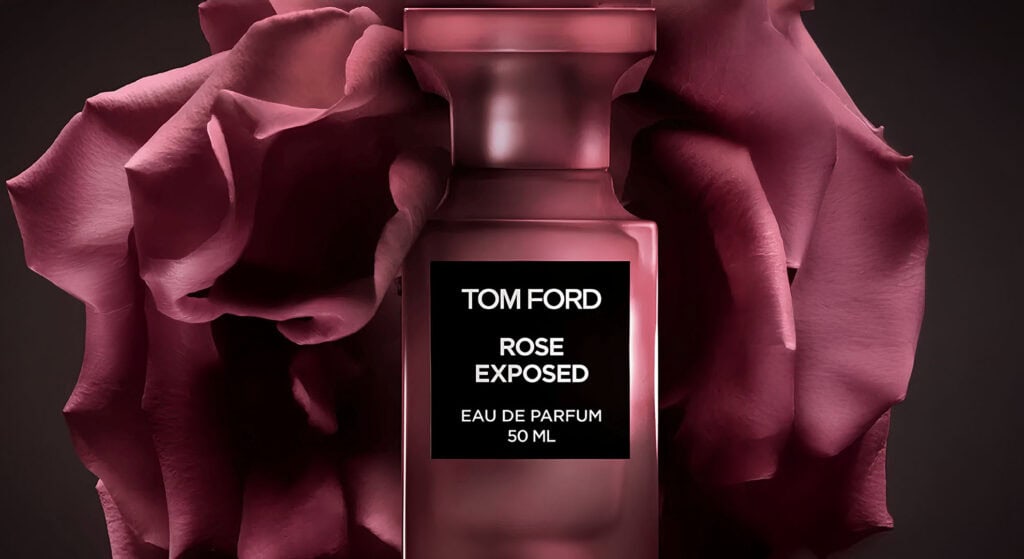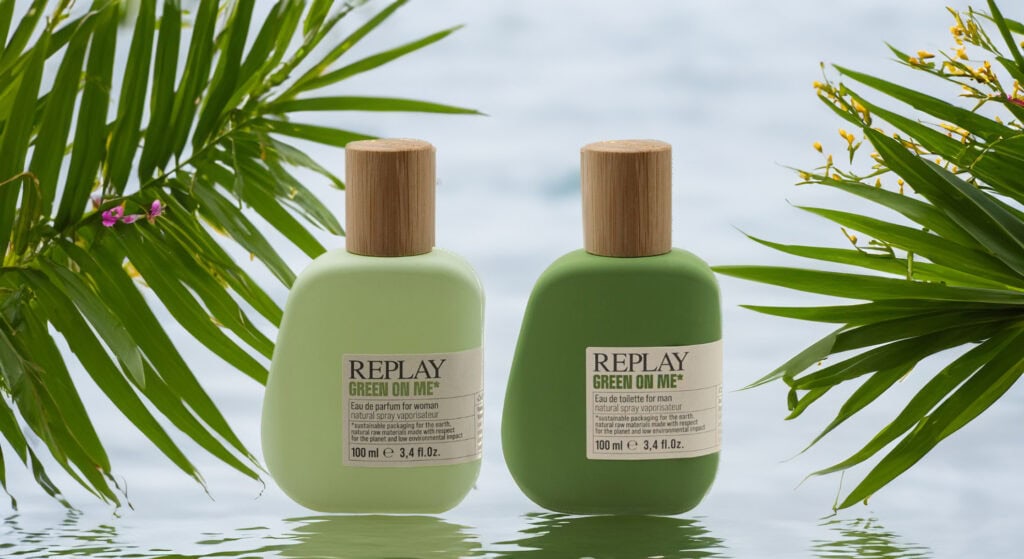The Spicy Elegance of White Pepper in Perfumery: From Extraction to Iconic Blends
White pepper, with its sharp, spicy, and slightly woody aroma, brings a unique and sophisticated edge to the world of perfumery. Unlike the more commonly used black pepper, white pepper offers a subtler, more refined heat, making it a prized ingredient for adding a touch of warmth and complexity to fragrances. This exploration delves into the process of incorporating white pepper into perfumes, the artful blending of this distinctive note with others, and the notable fragrances where white pepper plays a starring role.
Capturing the Essence of White Pepper in Perfumery
White pepper, derived from the ripe seeds of the Piper nigrum plant, undergoes a unique process that sets it apart from its black and green counterparts. This process also influences its olfactory profile, making it an intriguing choice for perfumers.
- Harvesting and Preparation: White pepper is harvested when the peppercorns are fully ripe. Unlike black pepper, which is dried with its outer shell intact, white peppercorns are soaked in water to remove the outer layer, leaving only the inner seed. This process not only gives white pepper its distinct pale color but also a milder, more refined aroma with less of the sharp pungency found in black pepper.
- Steam Distillation: The essential oil of white pepper is extracted using steam distillation, a process that captures the volatile compounds responsible for its spicy, slightly woody, and musky scent. The resulting oil is rich in piperine, the compound that gives pepper its characteristic heat, but with a smoother, more sophisticated profile compared to black pepper.
- CO2 Extraction: A more modern method involves CO2 extraction, which uses supercritical carbon dioxide to pull the aromatic compounds from the white peppercorns. This technique preserves the full spectrum of the pepper’s scent, resulting in a purer, more nuanced oil that is ideal for high-end perfumery.
The Art of Blending White Pepper in Fragrance Creation
White pepper’s versatile and sophisticated aroma allows it to be used in various fragrance compositions, adding a touch of spice and warmth that can enhance and elevate the overall scent.
- Spicy and Woody Compositions: White pepper’s warm, slightly woody character makes it an ideal partner for other spicy and woody notes like sandalwood, cedar, and cardamom. This combination creates a fragrance that is both warm and complex, perfect for those who appreciate depth and richness in their scents. Hermès Voyage d’Hermès is a prime example, where white pepper adds a subtle spiciness to the blend of woods and fresh spices, resulting in a refined and intriguing fragrance.
- Oriental and Amber Blends: In oriental and amber fragrances, white pepper introduces a subtle heat that complements the richness of resins, amber, and balsamic notes. It adds a dry, sophisticated edge to the often sweet and opulent compositions, balancing them with a touch of spice. Tom Ford’s Oud Wood features white pepper to enhance its blend of exotic oud, amber, and vanilla, creating a scent that is both luxurious and slightly provocative.
- Floral and Spicy Accords: White pepper can also add an unexpected twist to floral perfumes, where it introduces a spicy warmth that contrasts with the softness of floral notes like rose, jasmine, or peony. This combination results in a fragrance that is both elegant and slightly daring, perfect for those who enjoy a bit of complexity in their florals. Maison Francis Kurkdjian’s Amyris Femme uses white pepper to add a spicy, vibrant touch to its floral heart, creating a scent that is lively and sophisticated.
- Fresh and Citrusy Scents: Although it might seem unusual, white pepper can be a delightful addition to fresh and citrusy fragrances, where it provides a subtle spicy kick that adds depth without overpowering the brightness of citrus notes like bergamot, lemon, or grapefruit. Chanel’s Allure Homme Edition Blanche exemplifies this blend, where white pepper adds a refined heat to the crisp, citrusy opening, resulting in a scent that is fresh yet intriguingly warm.
Iconic Fragrances Featuring White Pepper
Several fragrances have become renowned for their use of white pepper, showcasing its ability to add sophistication, warmth, and a touch of spice to a wide range of compositions.
- Hermès Voyage d’Hermès: In this elegant fragrance, white pepper plays a crucial role in adding subtle spiciness to the blend of woody and fresh notes. The result is a refined and intriguing scent that has become a favorite for those who appreciate understated complexity.
- Tom Ford Oud Wood: A luxurious and exotic fragrance, Oud Wood uses white pepper to balance the richness of oud, amber, and vanilla with a touch of dry heat. The inclusion of white pepper adds a sophisticated edge to this already opulent composition.
- Maison Francis Kurkdjian Amyris Femme: In this lively and elegant fragrance, white pepper adds a spicy vibrancy to the floral heart, creating a scent that is both refined and dynamic. The peppery note contrasts beautifully with the soft florals, making the fragrance stand out.
- Chanel Allure Homme Edition Blanche: This fragrance is a perfect example of how white pepper can be used to add depth to a fresh, citrusy scent. The peppery heat subtly enhances the bright citrus notes, creating a fragrance that is fresh yet intriguingly warm.
The Timeless Appeal of White Pepper in Perfumery
White pepper, with its refined heat and subtle complexity, has carved out a unique niche in the world of perfumery. Whether used to add a sophisticated edge to spicy and woody compositions, to balance the richness of oriental and amber scents, or to introduce a surprising twist to floral and citrusy accords, white pepper brings an elegant warmth and depth to fragrances. Iconic perfumes like Hermès Voyage d’Hermès, Tom Ford’s Oud Wood, and Maison Francis Kurkdjian’s Amyris Femme showcase the versatility and enduring appeal of white pepper, proving that its place in perfumery is as sophisticated and timeless as the spice itself.
Love this fragrance? Share your thoughts! Your vote helps other perfume lovers discover new favorites. Rate it now and make your mark!
Click on a star to rate it!
Average rating 0 / 5. Vote count: 0
No votes so far! Be the first to rate this post.

